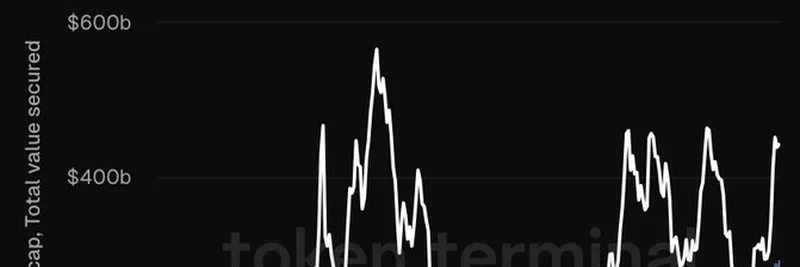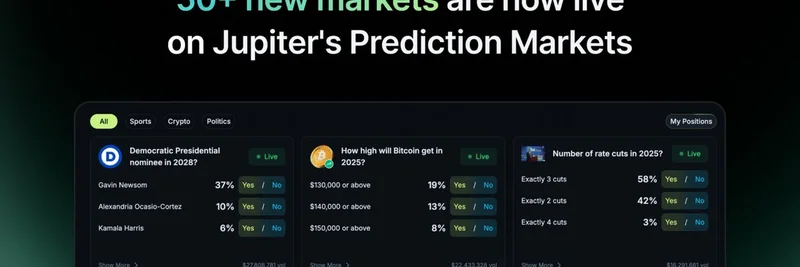Hey there, crypto enthusiasts! If you’ve been keeping an eye on the blockchain world, you’ve probably heard about Ethereum’s latest financial metrics making waves on X. A recent post from Token Terminal dives into the relationship between Ethereum’s fully diluted market cap and its total value secured (TVS). Let’s break it down in a way that’s easy to digest, especially if you’re new to these terms or just curious about what’s driving ETH’s value.
What’s Fully Diluted Market Cap and TVS?
First things first—let’s clarify the jargon. The fully diluted market cap is like the total value of Ethereum (ETH) if every single possible coin were in circulation right now. It’s calculated by multiplying the current price of ETH by the maximum supply that could ever exist. On the other hand, total value secured (TVS) represents the value of all assets locked in Ethereum’s decentralized finance (DeFi) protocols. Think of it as a measure of how much trust and money people are putting into Ethereum’s ecosystem.
The chart shared by Token Terminal shows these two metrics side by side from January 2020 to now. Check it out:
You’ll notice the fully diluted market cap (the white line) spiking dramatically, especially around 2021, while the TVS (the shaded blue area) follows a similar upward trend but with more stability. Token Terminal suggests that TVS has been setting a “floor” for ETH’s valuation—meaning it acts like a safety net, ensuring ETH’s value doesn’t drop too low.
Why Does This Matter?
So, why should you care? Well, this insight highlights Ethereum’s strength as the backbone of DeFi. When more assets are locked in DeFi protocols (increasing TVS), it shows that developers and users are actively building and relying on Ethereum. This demand can prop up ETH’s price, even when the market gets shaky. For instance, during the 2021 bull run, both metrics soared, reflecting the hype around DeFi projects like Uniswap and Aave.
But it’s not all smooth sailing. Some folks on X pointed out that TVS might not always set a floor—some argue it could cap ETH’s growth if too much value is tied up and not circulating. It’s a hot debate, and it’s worth keeping an eye on as Ethereum evolves.
The DeFi Connection
The post also ties into a bigger idea: Ethereum should treat DeFi builders and asset issuers as VIPs. These are the folks creating the apps and tokens that drive TVS. Without them, Ethereum would just be a fancy database with no real action. Comments on the thread, like those from @taizeoftheworld, echo this, saying Ethereum is “idle infrastructure” without DeFi innovation. It’s a reminder of how interconnected the ecosystem is!
What’s Next for ETH?
As of August 2025, with the data trending upward, Ethereum’s role in DeFi looks stronger than ever. If you’re a blockchain practitioner or just a meme token enthusiast (hey, we cover those too at meme-insider.com), this is a great time to dig deeper. Keep an eye on how TVS evolves with new DeFi projects and upgrades like Ethereum’s scalability improvements.
Got questions or want to dive into the numbers? Drop a comment below or hit us up on X. We’re here to help you navigate this wild crypto world!




